
Steel rails stretch under brutal summer sun, yet trains glide along without a jolt or wobble. That smooth ride comes down to smart choices made long before a locomotive arrives. The way it works is surprisingly simple once you see it. Keep reading if you want to understand how rails stay so perfectly aligned.
Continuous Welded Rail (CWR) Technology

Railroads no longer depend on short segments with gaps between them. Continuous Welded Rail links sections through welding, forming smooth stretches over 400 feet long. This design cuts maintenance costs and removes the “clickety clack” sound of old tracks.
Thermal Stress Redistribution Using Rail Continuity
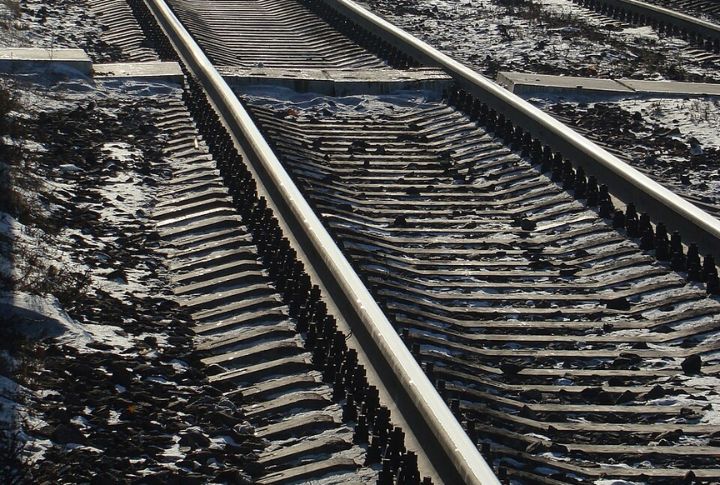
Continuous welded rails share the load of temperature changes across great distances. Instead of moving, the steel holds internal stress that spreads evenly through the line. That balance is what lets modern rails stay steady through extreme heat and cold without needing expansion joints.
Rail Anchoring Systems

To stop rails from creeping under heat or cold, engineers install rail anchors at key intervals. These “anti-creepers” grip the rails to keep them locked to ties and ballast. Anchoring stabilizes continuous welded rail systems and prevents the dangerous buckling caused by uncontrolled thermal expansion.
Stress Management Through Rail Neutral Temperature

Every rail has a sweet spot called the Rail Neutral Temperature—where it’s free of tension or compression. Crews use hydraulic jacks to stretch rails and reach that balance before welding. If the temperature drifts too far, the track must be de-stressed to avoid sudden shifts.
Use Of High-Tensile Steel Alloys

Modern railroads rely on high-tensile steel that resists bending and cracking when temperatures swing. These alloys absorb thermal stress without deforming, which allows for long, continuous sections that stay true through the seasons. It’s the secret to rails that outlast the weather.
Ballast And Subgrade Stabilization
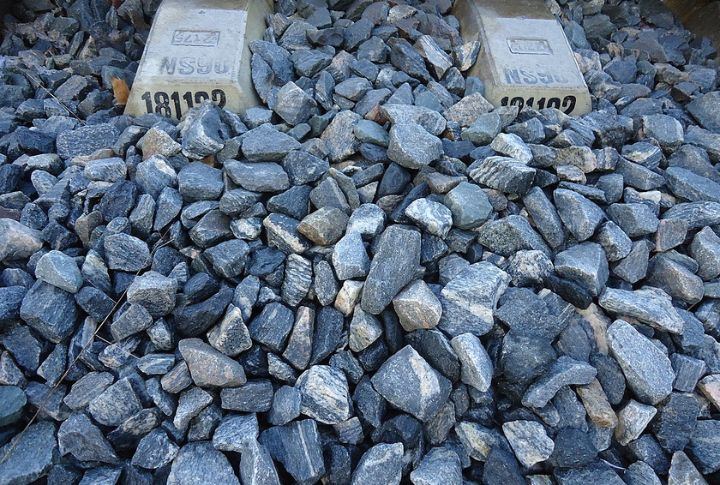
Ballast beneath the ties isn’t just rock—it’s the foundation that spreads train loads and keeps the rails in line. A strong subgrade prevents uneven settling, while tie spacing resists buckling forces. In modern systems, ballast works alongside anchoring and stress control for steady, reliable performance.
Rail Expansion Gap Simulation In Design Phase
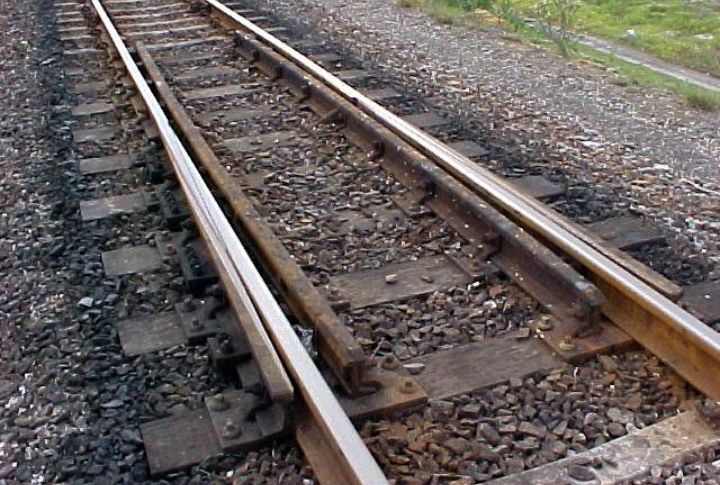
Before any rail hits the ground, engineers simulate how heat and cold will affect it. These models reveal where expansion joints, like breather switches, might still be needed. The diagonal tapers of those joints let rails expand smoothly, ensuring safety without wasting materials or effort.
Elastic Fastening Systems
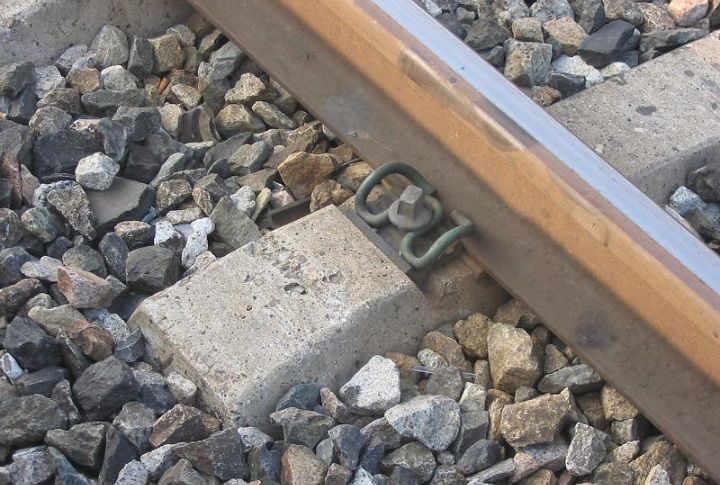
Instead of locking rails rigidly to ties, elastic fasteners let them flex slightly under stress. Clips, pads, and other components allow small shifts while keeping the track perfectly aligned. That control absorbs temperature changes and protects both the rails and the ballast beneath them.
Seasonal Rail Adjustment Protocols
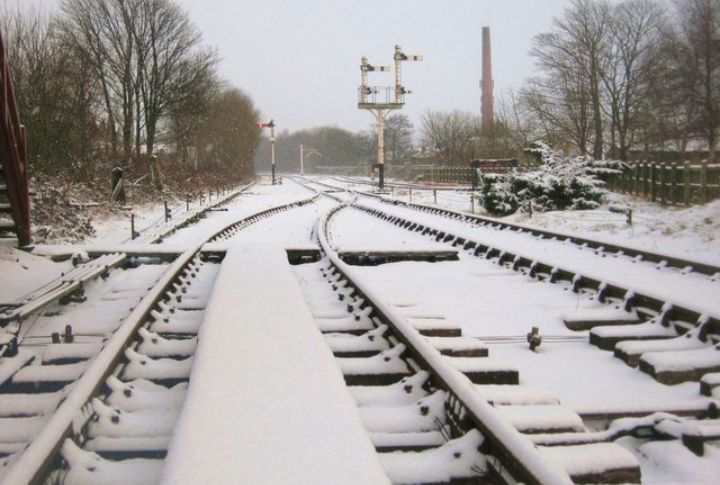
Railroads don’t leave temperature shifts to chance. They follow seasonal routines to release or add stress as needed, using match marks to confirm movement. On freezing days, crews check for pull-aparts; in the heat, they watch for buckling—keeping everything stable through every season.
Rail Stress Monitoring Systems

Modern railroads use real-time monitoring to stay ahead of thermal stress. Sensors track rail temperature and strain to help crews spot trouble before it becomes dangerous. These systems detect early signs of buckling or cracking to allow preventive maintenance.

